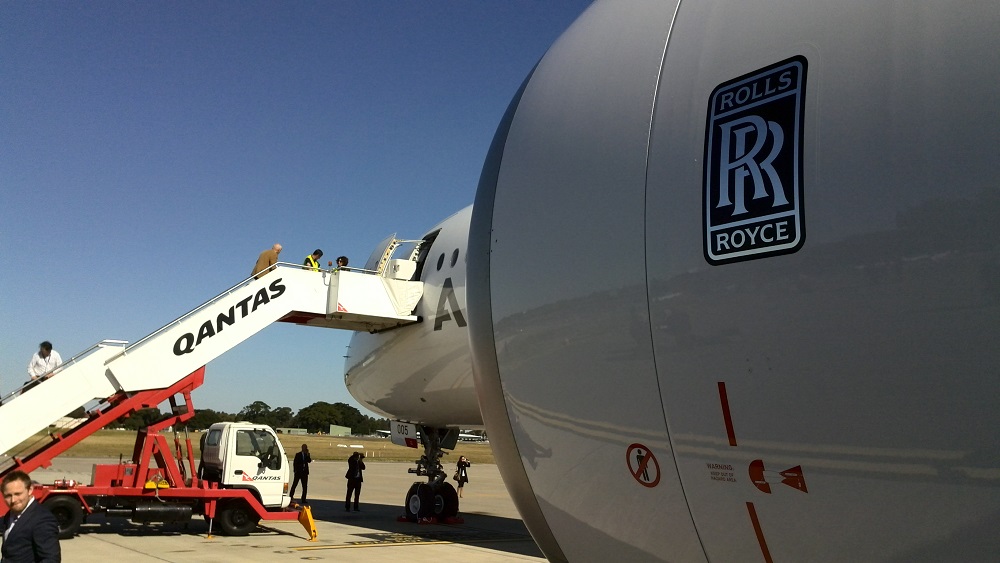- Initial reservations
When jet engines first appeared in service in the early 1940s, aeronautical engineers were skeptical that these cantankerous new powerplants would ever propel a commercial aircraft.
They produced little thrust, burned too much fuel, were painfully loud, and often caught fire or shed turbine blades. Those same engineers would be astonished at the power, reliability, fuel efficiency, and low noise and pollution levels of today’s massive turbofan engines.
- Jet engine basics
The basic principal of the jet is that air, sucked into the engine at high speed is compressed by rows of small compressor blades, then mixed with fuel in a combustion chamber under extremely high pressure, jettisoned past turbine blades driving the compressor, and then finally exits the exhaust pipe producing forward thrust. Add a large fan at the beginning of this cycle, and you have the basic components of a modern turbine engine.
Engineers soon discovered they could harness more power by installing larger turbines at the front or rear of the engine. As much as 5,000 lbs of additional thrust was produced, offering significant performance improvements.
- Higher bypass engines of the 1960s and 70s
Introduced in the early 1960s, the bypass or turbofan engine not only supplied more power but was more economical. The shroud of cooler air surrounding the hot exhaust stream also muffled engine noise, eliminating the need for complex noise suppression devices.
The ratio of cooler fan air to hot jet exhaust is called bypass ratio (BPR). Early turbofan engines had a relatively low BPR of 1.5:1, but wide-body aircraft in the early 1970s like the 747 changed that number significantly to 5:1.
This trend has continued through the following decades with the Airbus A330 and Boeing 777 using even higher-bypass ratio engines of up to 100,000 lbs thrust.
- Bigger, better, faster
The jet engine has come a long way from its infancy enabling lower fuel consumption, reduced noise and emissions, plus more power, efficiency and reliability today. Those early jet engineers would surely be impressed!
Fuel consumption of the jet engine has declined by 49 per cent overall and per passenger by 82 per cent while reliability has soared to where the engine is now the most reliable system on a plane.
























